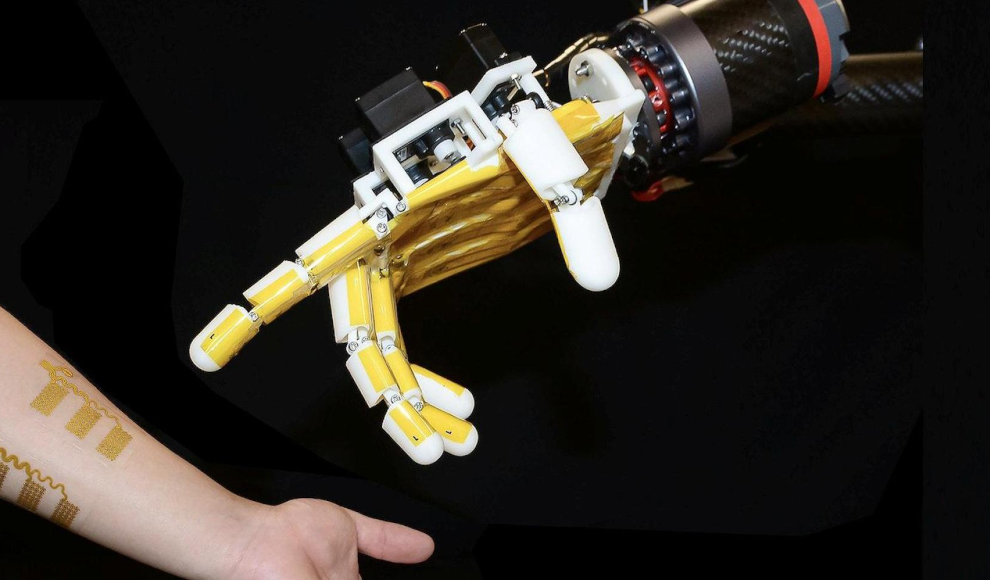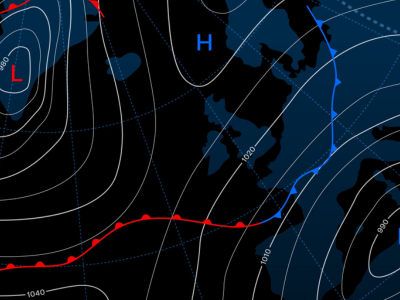A breakthrough in robotics has been made with the development of an artificial skin that can detect nerve agents, TNT explosives, and various viruses using cost-effective sensors. This innovation is expected to aid in environmental protection, public safety and health monitoring, and other scenarios with potential danger zones. Previously, robots could only determine physical values such as temperature and pressure with precision, but they could not detect chemical substances in their environment. According to Wei Gao of the California Institute of Technology (Caltech), “integrating chemical sensors for autonomous dry-phase analysis detection on a robot platform is extremely challenging and significantly underdeveloped.” However, Gao’s team has developed an artificial skin that can detect various nerve agents, TNT explosives, and viruses using compact electronic sensors.
The artificial skin is made up of sensors that are printed on an elastic plastic called Polydimethylsiloxan (PDMS) using special inks. The sensors are electrically conductive, even when the artificial skin is stretched, thanks to the silver nanowires that make up the electrical connections. Additionally, the hydrogels contain electrolytes that detect dangerous substances. The researchers explain that “when integrated into a robot hand, the platinum-graphene sensor coated with hydrogel efficiently scanned the dry-phase TNT and delivered a stable electrical response within three minutes.” The innovative artificial skin also aids in the remote control of the robot hand by connecting it to a person’s forearm. The sensors can detect the electrical impulses of the muscles, and with the help of artificial intelligence (AI), the signals are assigned to different hand movements such as grasping and releasing. As a result, the robot hand behaves exactly like the human arm with the skin and sensors.
The researchers demonstrated the use of the robot skin in environmental conservation by equipping a small boat with three sensors and programming the system to steer the boat in the direction of the highest concentration of a dangerous chemical in the water. This is expected to aid in locating the source of the chemical. The researchers believe that this technology could significantly improve the perception of future intelligent robots and pave the way for numerous new practical portable and robotic applications.










